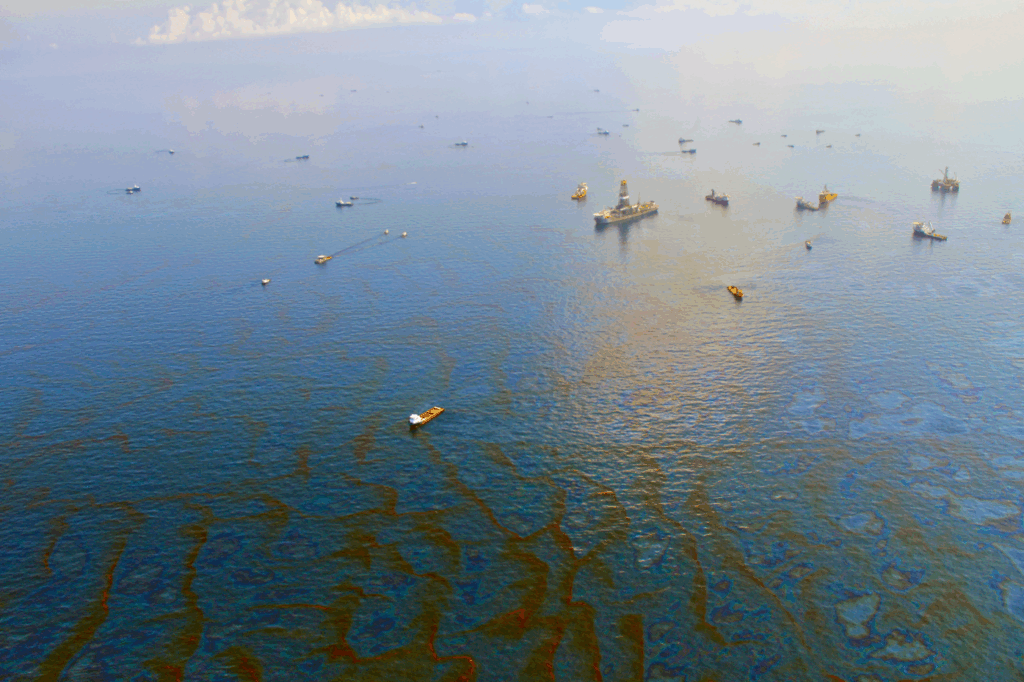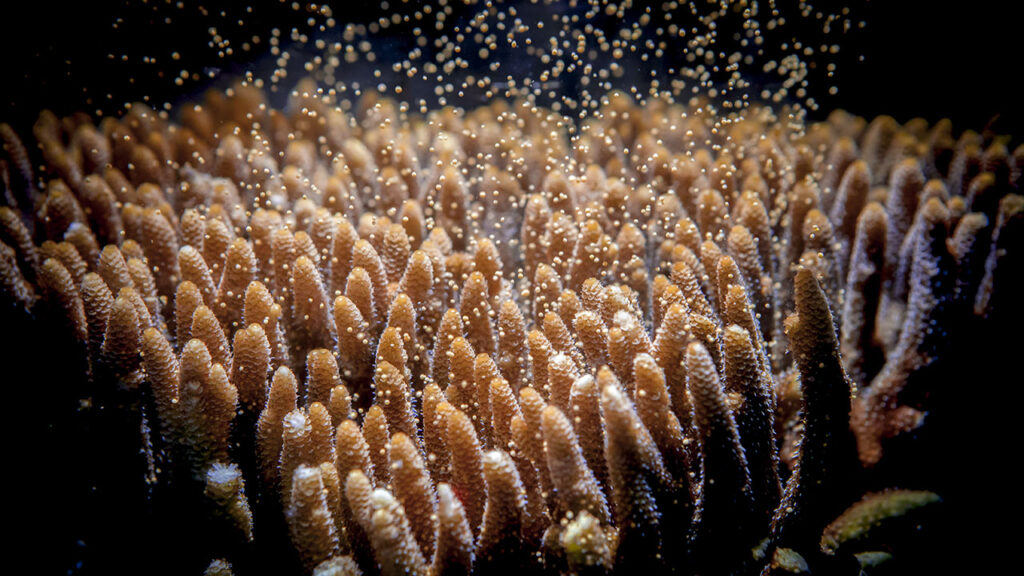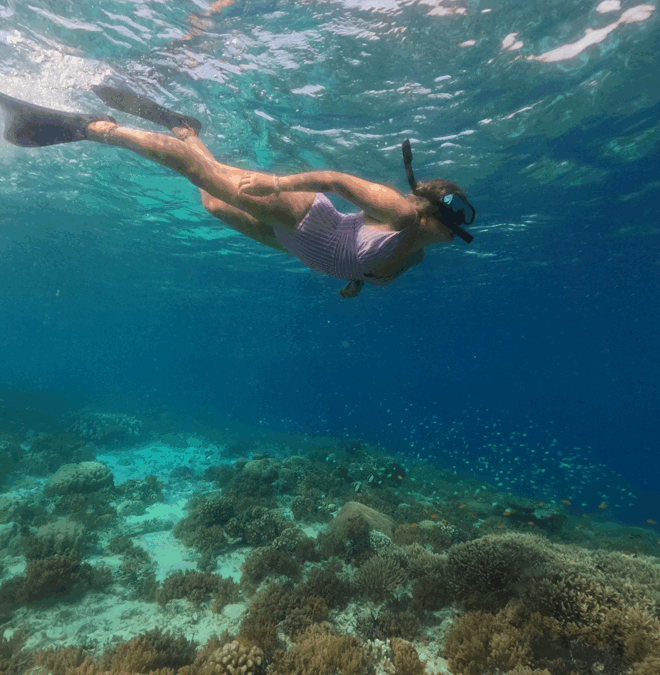Fifteen years after the Deepwater Horizon oil spill, a beacon of hope emerges from the depths of the Gulf of Mexico. A groundbreaking initiative is giving new life into ancient coral ecosystems.
Deep beneath the Gulf’s surface lie coral communities that have thrived for millennia, forming complex habitats essential to marine biodiversity. These ecosystems are the backbone of the seafood industry worth billions of dollars.

The Deepwater Horizon – which was operated by British Petroleum (BP) oil – is the largest marine oil spill in history; it was caused by an explosion that killed 11 workers on 20 April 2010. It devastated approximately 1,994 square kilometers (770 square miles) of these vital seafloor habitats by releasing an estimated 507 million liters (134 million gallons) which is enough to fill 200 Olympic swimming pools.
Today, scientists and divers are undertaking an ambitious restoration project, marking one of the world’s first large-scale deep-sea coral rehabilitation efforts.
Utilizing remotely operated vehicles (ROVs) and specialized diving techniques, teams are carefully transplanting coral fragments onto the ocean floor.
Read about how more of the world’s oceans may soon be protected here.

In laboratories across Texas, South Carolina, and Florida, corals are cultivated in controlled environments, preparing them for reintroduction into their natural habitats. This project has achieved milestones such as high survival rates of transplanted corals and the first successful spawning of deep-sea corals in captivity, resulting in over 1,000 new coral offspring.
The restoration efforts are supported by a combination of traditional marine biology and cutting-edge technology. ROVs allow for precise placement of coral fragments at depths up to 100 meters, while advanced monitoring systems track the health and growth of these transplanted communities. This integration of science and innovation not only helps current restoration but also improves our understanding of deep-sea ecosystems for future conservation endeavors.
While factors such as climate change, fishing activities, and potential future oil spills pose as a challenge to this initiative, the success of this restoration project offers a replicable model for similar efforts worldwide. It demonstrates that with commitment, collaboration, and innovation, it’s possible to heal even the most profoundly impacted ecosystems.
This pioneering work in the Gulf of Mexico stands as a testament to human capacity for restoration and stewardship. As we continue to confront environmental challenges, such initiatives illuminate a path forward – one where science, dedication, and optimism converge to restore the natural world for generations to come.
If you wish to learn more about this restoration project, click here. To read about more scientific breakthroughs regarding sea life, check out the Science and Nature section.



